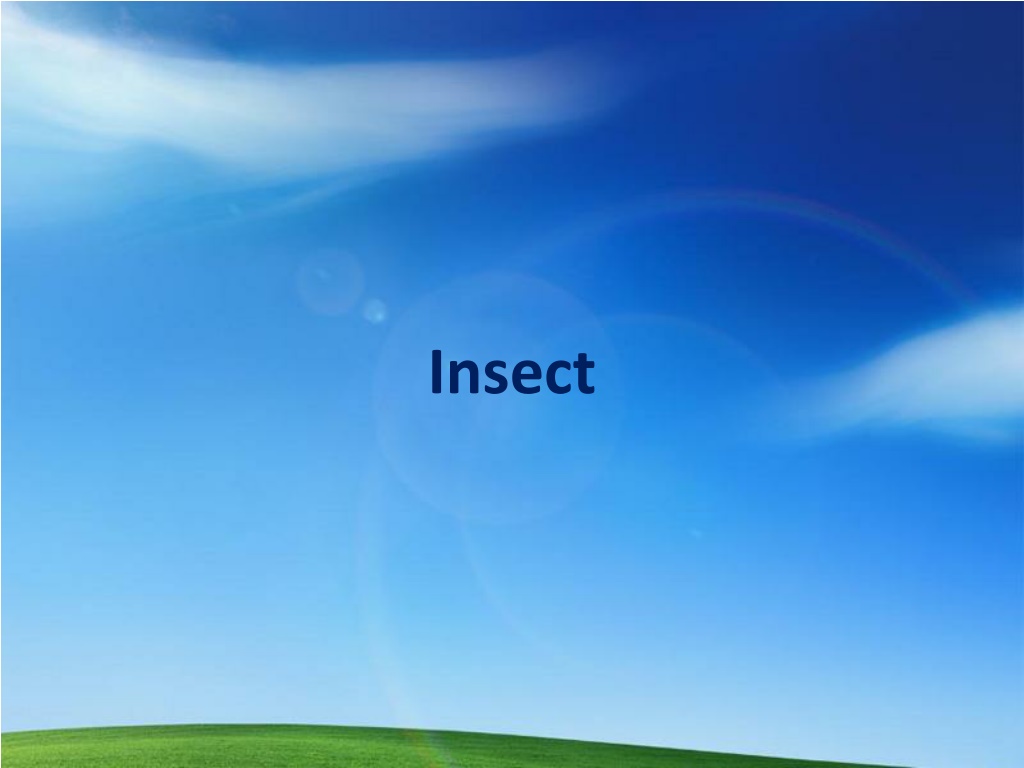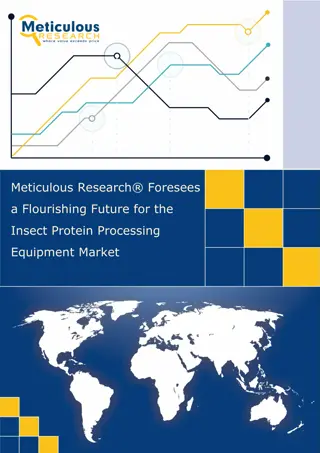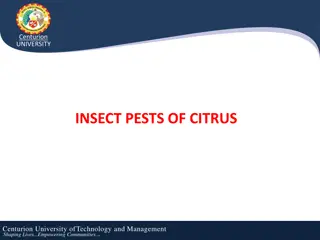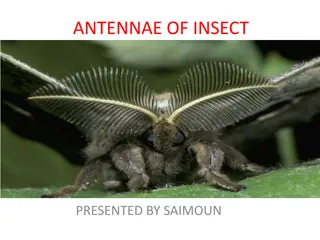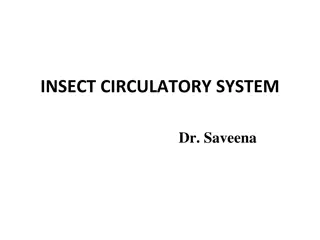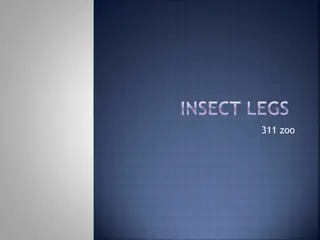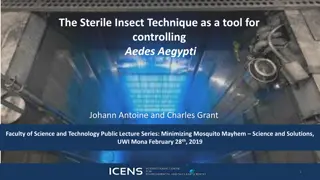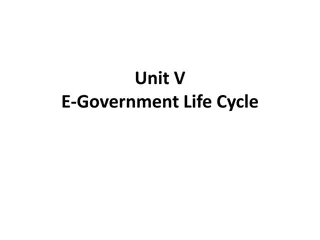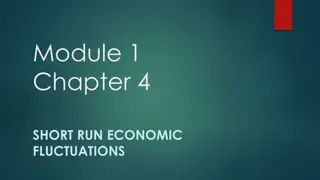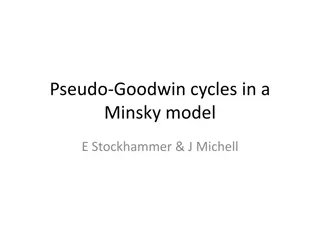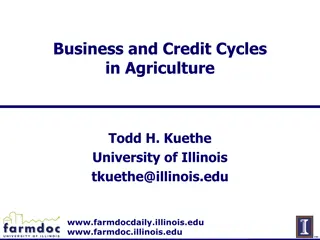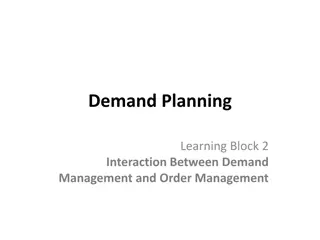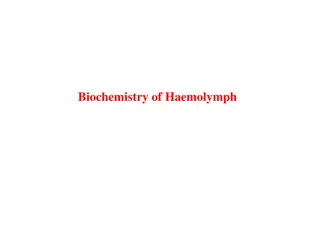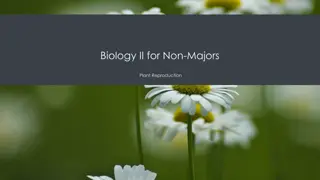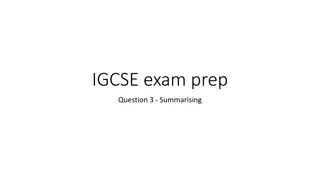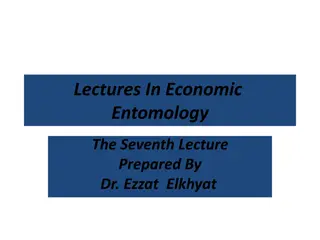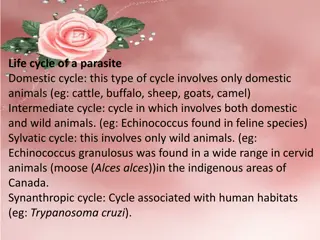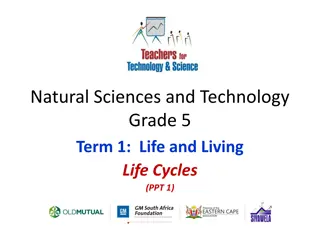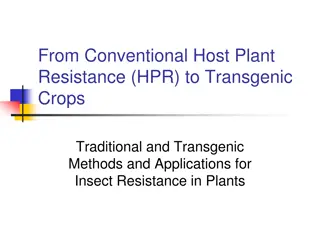Understanding Insect Life Cycles and Management Strategies
Exploring the world of insects, this content delves into the life cycles and damage caused by key insect pest groups, emphasizing the importance of knowing their life stages for effective pest management. It covers insect development, how insects cause injury, pest control principles, threshold levels, tools for monitoring insects, and more.
Download Presentation

Please find below an Image/Link to download the presentation.
The content on the website is provided AS IS for your information and personal use only. It may not be sold, licensed, or shared on other websites without obtaining consent from the author. Download presentation by click this link. If you encounter any issues during the download, it is possible that the publisher has removed the file from their server.
E N D
Presentation Transcript
Outline Insect life cycles & damage Key insect pest groups Principles of integrated pest management (IPM)
Why knowledge of insect life cycles is essential Stage(s) causing injury Prediction of damage Effects of mortality factors Timing of control operations
Insect development Hemimetabolous (incomplete metamorphosis) Adult Nymph (instars) Green vegetable bug Moult Orders: Eggs Hemiptera/Homoptera Orthoptera
Insect development Holometabolous (complete metamorphosis) NZ grass grub Pupa Adult Orders: L3 Coleoptera Larva (instars) Lepidoptera Hymenoptera L2 Egg Diptera L1 Moult
How do insects cause injury? Direct feeding - leaves (caterpillars) - stems (Argentine stem weevil) - roots (grass grub) - flowers & seeds (aphids, mirids) transmission of plant pathogens (aphids) contamination (aphids & honeydew) others (e.g., egg laying, webbing)
Injury caused by insects Feeding injury Transmission of pathogens Effect on plant physiology Honeydew Ovipositor injury Frass
Key principle of pest control Driven by economics
Pest threshold levels Generalised concept of pest threshold levels AT = action threshold EIL = economic injury level Control action
Tools for monitoring insects Direct methods (absolute #s) Soil pests soil cores, spade squares, quadrats Plant pests leaf, stem, fruit samples; timed counts, suction samplers Indirect methods (relative #s) sticky traps, pheromone traps, pitfall traps, band traps, beating trays, sweep nets
Aphids Biological features spring, autumn flights rapid colonisation rapid asexual reproduction many generations per year vector virus diseases Species Cereal crops: cereal aphid, grain aphid, rose grain aphid, others Potato crops Potato aphid, green peach aphid, others Brassicas - grey cabbage aphid, green peach aphid
Source: Plant & Food Research Aphid Watch website www.aphidwatch.com
Tomato/potato psyllid Biological features Recent invader Attacks tomato, potato Causes psyllid yellows & zebra chip (Liberibacter) Adults 3-4 mm, highly mobile Scale-like nymphs 4-7 generations/year Adult psyllid Psyllid yellows symptoms Zebra chip symptoms
Grubs Species common grass grub Tasmanian grass grub Black beetle Native scarabs Biological features larval damage autumn, early winter 1 generation/year slow build up most damaging to crops out of pasture
Weevils Species Argentine stem weevil Clover root weevil Whitefringed weevil Black vine weevil Fullers rose weevil Others Biological features legless larvae burrow in tillers, roots, nodules most damaging to newly sown crops, pasture 1-3 generations per year
Caterpillars Species Leafrollers Diamondback moth Loopers Cutworms Armyworms Porina Others Biological features peak egg laying during spring, early summer larvae feed on foliage most damaging to young plant growth 1-6 generations per year
Springtails Species several species Biological features small, soft-bodied, wingless insects nymphs and adults feed on surface of leaves most damaging in spring and autumn several generations/year 6-12SpringtailDamage
Thrips New Zealand flower thrips Western flower thrips Onion thrips Other species Onion thrips and damage Biological features Reproduce and disperse rapidly Severe damage to young foliage Potential vectors of plant diseases Some species resistant to chemicals
Key principles of integrated pest management (IPM) The IPM approach An economically viable strategy for pest management that exploits a range of compatible control methods. Key rules the earlier the pest is recognised or anticipated, the more control options use a range of controls, at different time - chemicals are the last resort.
Insecticides Key classes Carbamate Organophosphate Pyrethroids Neonicotinoids Spinosyns Insect growth regulators Microbial insectcides Action nerve poison, contact systemic nerve poison, contact, systemic, fumigant nerve poisons, contact nerve poison, contact, systemic nerve poison, contact disruption of growth, development various actions MoA 1A 1B 3A 4a 5 15-18 Some issues: Resistance and resistance management Withholding periods and residues (MRLs, international markets) Product availability (registration of new, de-registration of older) Cost
